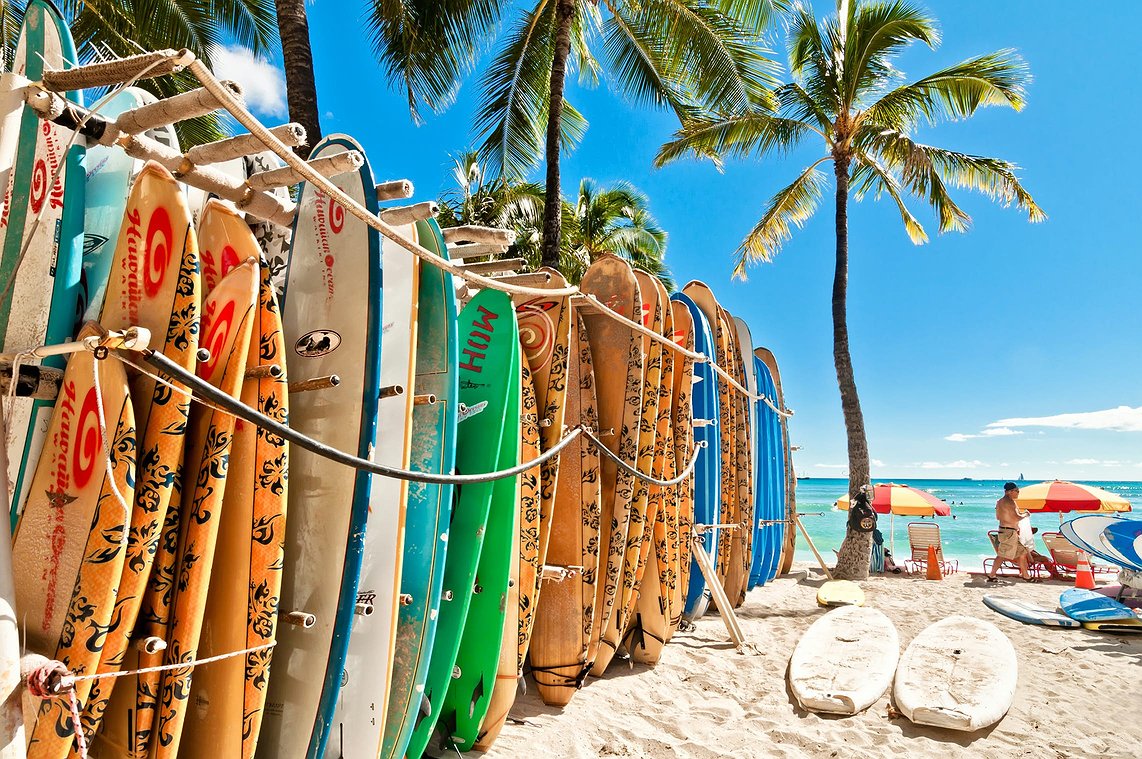Man this is a test!
None | 412The history of Hawaii can be traced back to ancient Polynesian voyagers who first settled the islands over 1,500 years ago. These early settlers developed a rich cultural tradition, which included the establishment of a caste-like societal structure and a complex religious system.
They also developed advanced farming techniques and navigational skills. In 1778, British explorer Captain James Cook became the first European to visit Hawaii. He named the archipelago the "Sandwich Islands" after the Earl of Sandwich. The history of Hawaii can be traced back to ancient Polynesian voyagers who first settled the islands over 1,500 years ago. These early settlers developed a rich cultural tradition, which included the establishment of a caste-like societal structure and a complex religious system.
They also developed advanced farming techniques and navigational skills. In 1778, British explorer Captain James Cook became the first European to visit Hawaii. He named the archipelago the "Sandwich Islands" after the Earl of Sandwich. The history of Hawaii can be traced back to ancient Polynesian voyagers who first settled the islands over 1,500 years ago. These early settlers developed a rich cultural tradition, which included the establishment of a caste-like societal structure and a complex religious system. They also developed advanced farming techniques and navigational skills. In 1778, British explorer Captain James Cook became the first European to visit Hawaii. He named the archipelago the "Sandwich Islands" after the Earl of Sandwich.
Cook brought new technologies and animals to the islands, but also brought diseases that had a devastating impact on the native population. In the early 19th century, Kamehameha I unified the islands and established the Kingdom of Hawaii. He was succeeded by his son,
Kamehameha II, who abolished the traditional Hawaiian religion and replaced it with Christianity. In 1819, Kamehameha II was succeeded by his sister, Queen Ka'ahumanu, who played a major role in the modernization of Hawaii. In 1893, the Hawaiian monarchy was overthrown by American businessmen and sugar planters with the support of the United States.
The Republic of Hawaii was established in 1894, and in 1898 it was annexed by the United States and became a territory. In 1959, Hawaii became the 50th state of the United States, and became a popular tourist destination due to its picturesque landscapes and tropical climate. The state's economy continued to grow with the development of the tourism industry, as well as the military presence and the construction of military bases during World War II and the Cold War. Hawaii has a diverse population, with native Hawaiians, immigrants from Asia and Europe, and a large military presence.
The state has also faced challenges in preserving its indigenous culture and environment in the face of rapid development and tourism. In recent years, there have been efforts to reestablish the native Hawaiian culture and traditions, as well as address social and economic issues faced by the indigenous population. Today, Hawaii remains a popular tourist destination and a unique blend of cultures, with a rich history that continues to shape the state's identity.



Comments
Use the comment form below to begin a discussion about this content.
Sign in to comment
Or login with:
OpenID